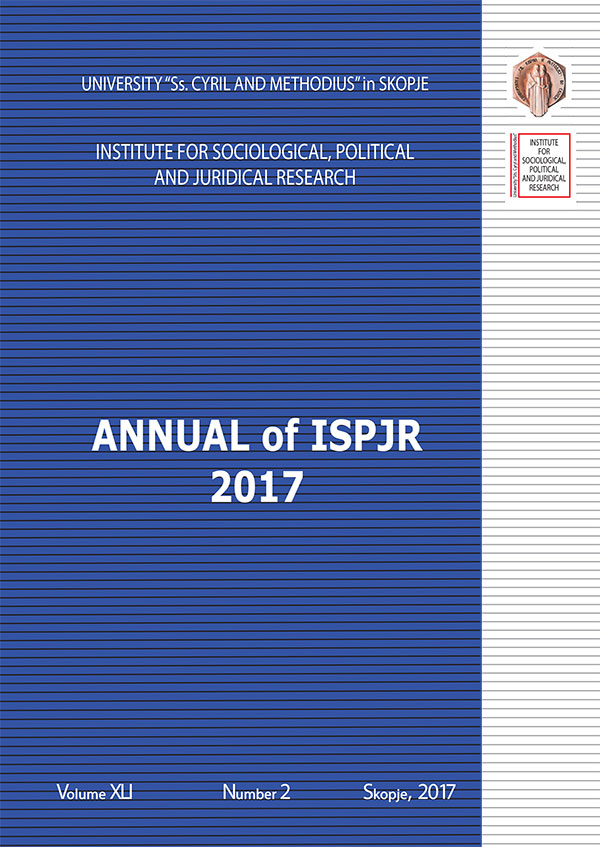PROPAGANDA AND POLITICAL PERSUASION - CORNERSTONES OF MODERN POLITICAL COMMUNICATION
PROPAGANDA AND POLITICAL PERSUASION - CORNERSTONES OF MODERN POLITICAL COMMUNICATION
Author(s): Žaneta TrajkoskaSubject(s): Politics, Media studies, Politics and communication, Theory of Communication
Published by: Институт за социолошки и политичко-правни истражувања
Keywords: Propaganda; persuasion; political communication; spin; manipulation; public relations;
Summary/Abstract: In the aftermath of World War I, the science of sociology started investigating propaganda, focusing its research on persuasion and the effects it has on the public in altering their views. Sometime later, as a consequence of Goebbels’s propaganda machinery, it became a “dirty” word to describe how reality was manufactured by that machinery over the course of World War II. After the war, the term military -propaganda was replaced with the words -communication, -persuasion, and -information, which were intended to encompass the development of new communication technologies while softening the negative impression that the “dirty” word propaganda was giving out. Propaganda is a form of communication aiming to elicit a reaction to suit the objectives of the propaganda maker, whereas persuasion is most often presented as an interactive process in which both sides (the persuader and the persuadee) win. This is the key difference that theoreticians emphasize when defining the two models and when analyzing the causes for the auditorium altering its opinion. Propaganda in journalism is being explored as a process to manage news, as well as distort and spin information, by highlighting only positive aspects to the public. In political science, propaganda is considered a constituent part of the ideologies that political actors espouse, while also being analyzed in the context of the influence it can have on public opinion and mass culture. Latest trends deal with the ideological grounds of propaganda and how these ideological signifiers form part of the hypotheses that media agendas put forward (Burnett, 1989: 127–137).
Journal: Annual of the Institute for Sociological, Political and Juridical Research
- Issue Year: XLI/2017
- Issue No: 2
- Page Range: 45-55
- Page Count: 11
- Language: English

